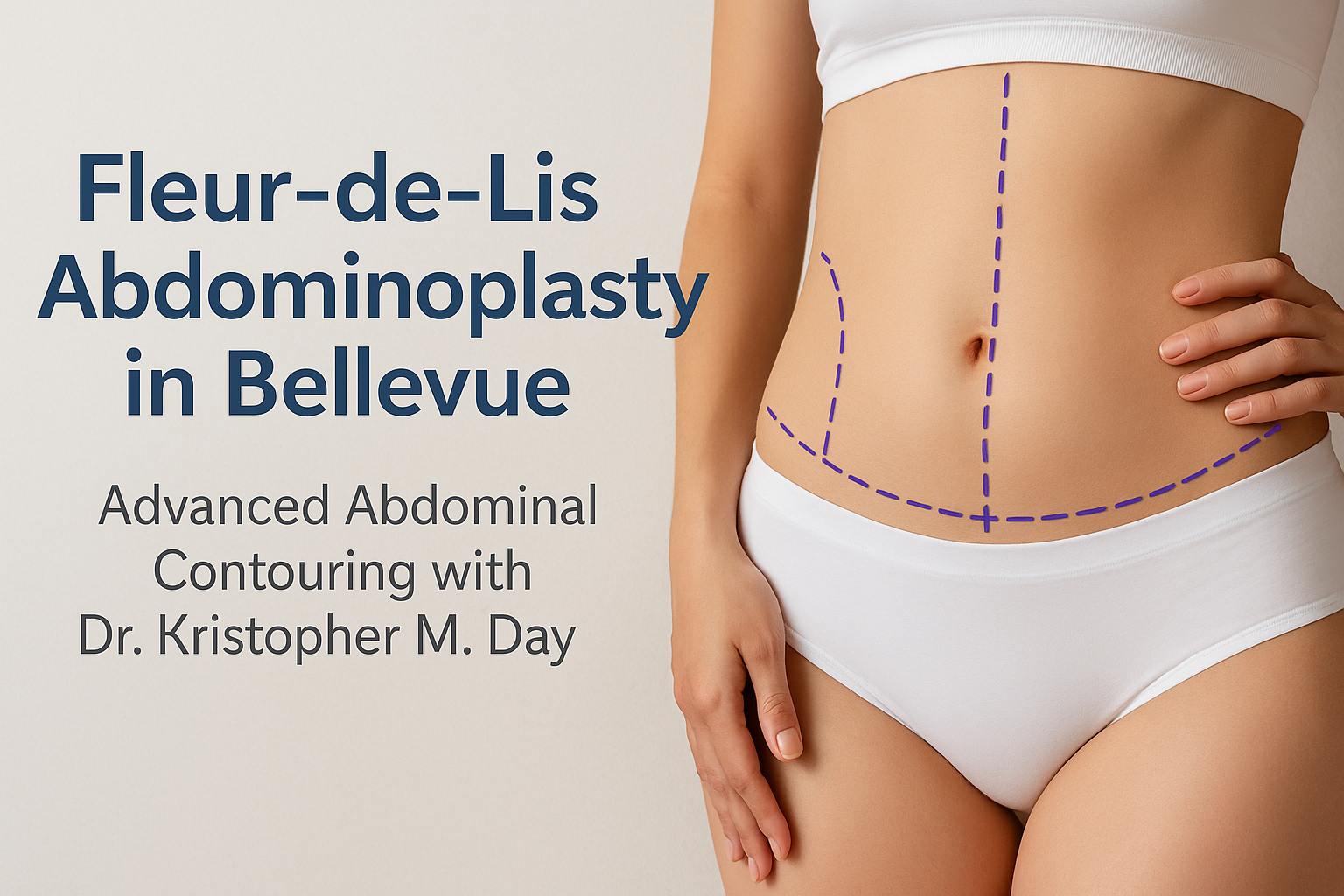Understanding the Difference Between a Breast Lift and a Breast Reduction
A common question often asked is: What is the difference between a breast lift and a breast reduction?
Simply put, every breast reduction procedure includes a breast lift, but a breast lift does not necessarily include a breast reduction.
In a breast lift, the primary goal is to lift and rejuvenate the breast by repositioning the nipple-areola complex to a higher, more youthful position and removing excess skin. Typically, minimal underlying breast tissue may be removed—generally less than one cup size—to maintain the breast’s original volume while creating a rejuvenated appearance.
A breast reduction, however, involves not only lifting and repositioning the nipple-areola complex but also significantly reducing the size and weight of the breast by removing excess glandular tissue (the milk-producing lobular tissue) as well as skin. Patients usually seek breast reductions to alleviate physical discomfort such as back, shoulder, and neck pain caused by overly large breasts.
There is a spectrum of breast reduction procedures, and the amount of tissue removed can vary greatly depending on individual goals and medical needs. Many patients, for example, may opt to reduce their breast size to a “C” cup if they currently have a “triple D” cup or larger. However, when insurance coverage is involved, there’s typically a requirement to remove a minimum amount of tissue to classify the procedure as a medically necessary breast reduction.
In summary:
- Breast Lift: Primarily cosmetic, minimal tissue removal, aims for rejuvenation without significant size reduction.
- Breast Reduction: Cosmetic and functional, involves significant tissue removal to reduce breast size, alleviate discomfort, and includes all the benefits of a breast lift.
Understanding these distinctions helps clarify which procedure may best meet your individual goals and needs.



